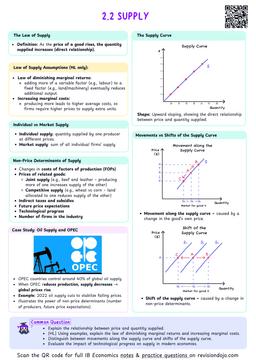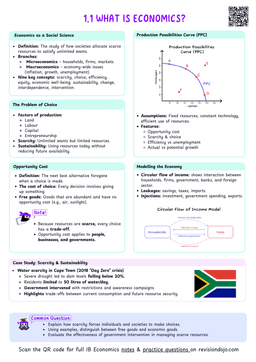Both market-based and interventionist supply-side policies face distinct challenges while offering unique advantages. Understanding these factors helps evaluate their effectiveness in achieving economic objectives.
Constraints on Supply-Side Policies
Market-Based Policy Constraints
- Time lags between implementation and visible economic effects delay impact assessment, leading to slow economic growth.
- Vested (personal) interests from labor unions and established firms resist competitive reforms, restricting the level of policy implemented (employment issues).
- Environmental degradation may result from reduced regulatory oversight.
- Income inequality often increases as market forces dominate outcomes, affecting equity as lower income communities are unable to have basic necessities.
The UK's privatisation of railways in the 1990s faced significant opposition from unions and took several years to implement, demonstrating both time lag and vested interest challenges.
Interventionist Policy Constraints
- Substantial government spending creates budgetary pressures (deficit or increase deficits), which could lead to inflation.
- Long implementation periods delay economic benefits (time-lag), delaying economic growth.
- Political cycles may interrupt long-term policy execution.
- Bureaucratic inefficiencies can reduce policy effectiveness.
While both approaches face time lags, their nature differs - market-based policies await market adjustments, while interventionist policies await project completion.


